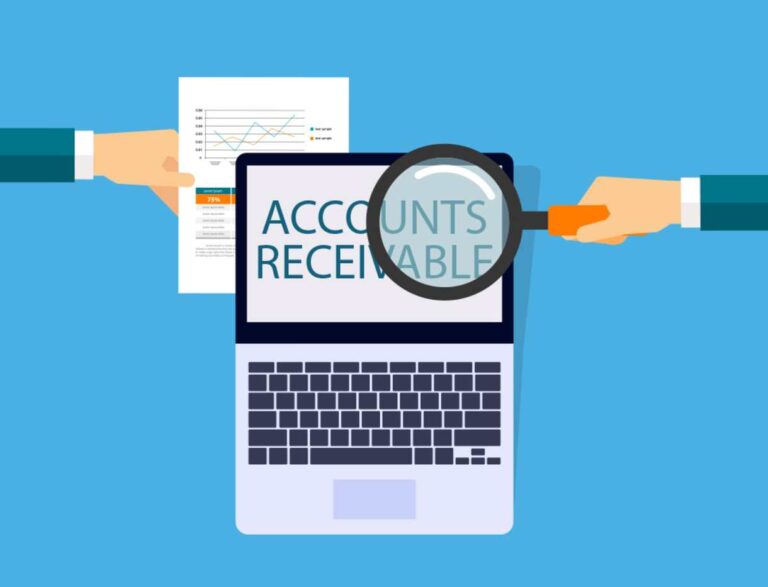Account receivables: Meaning, how it works, pros and cons

The world of business has impacted, strongly, on the everyday living of people across the world. Varying investment opportunities and business concerns and developments that match traders’ expectations are deployed for increased growth in trade.
The basic aim of a business is to provide a service or product, the supplier and the demanding party both have their varying interests and expectations from the transaction and wish to offer unique circumstances or situations that can allow for a flow in the transactional structure. One of these unique circumstances is the account receivables.
This article offers all there is to know about account receivables and how it impacts business concerns.
What are Account receivables?
Account receivables (AR) are the total expected sum of money customers are to pay for a good or service delivered. This invariably means the customer would pay for the goods or services delivered at a future date. The receivables are also known as the balance expected to be paid by the customers to the suppliers for services or goods delivered.
Account receivables are recorded on the delivering party’s balance sheet as a current asset; it forms a sort of credit structure payment by customers on yet-to-be-purchased goods. The money due is usually a short-term credit, hence, the registration of the account receivable as an asset on the balance sheet of the company.
How Account receivables work
Account receivables are a form of credit to the client by the company. The account receivables are the yet-to-be-paid or pending invoices that the client is yet to make to the company. It can also be the money due to the company by the customer following the completion of the product or delivery of the services by the company.
Account receivables are usually a standard of practice among businesses that allows the company to perform the service or deliver the products before payment is made to the company’s account. Receivables are usually recorded as assets on the balance sheet of the company because there lies a duty binding the customer to pay the sum. Receivables are also classified as a part of a company’s working capital and can act as liquid assets to be used to secure loans for meeting short-term obligations in the market.
For instance, Mr A hires a carpenter to build a set of chairs; the carpenter states the price at 200,000 Naira, and Mr A makes a down payment of 100,000 Naira and promises to complete the sum upon the conclusion of the furniture. When the carpenter completes and delivers the furniture to Mr A, the sum of 100,000 Naira becomes an account receivable to the carpenter.
Account receivables are applied in everyday transactions, when a company or firm undertakes services for the client without receiving payments immediately or when a waste management company undertakes to clear the waste in a home and is expected to receive payment after the invoice for his service has been sent to the company.
Account receivables versus account payables
Account receivables and account payables are two broad concepts that possess similar meanings and identification to each other. First, both concepts are credit owed and both concepts are owed upon the conclusion of a service or the delivery of a good from one party to another.
Nonetheless, both concepts are distinct in the field of business and enterprise. Account receivables are amounts owed to a company by the clients for works done to the client while accounts payable are short debts owed by the company to a client for a service or a product delivered by the client to the company.
The account payable is the exact opposite of account receivables in terms of who the debtor or the creditor is. For instance, if ABJ Ltd decides to instruct DJG Ltd to fix its pipes for 500,000 Naira payable upon completion. When DJC Ltd completes the work, DJC Ltd would record the 500,000 Naira expected from ABJ Ltd as an account receivable while DJG Ltd would record it as an account receivable while ABJ Ltd would record it as an account payable. An account receivable is an asset while an account payable is a liability.
Pros and Cons of Account receivables
Pros of account receivables
- Convenience: Account receivables allow for easy and flexible business structuring. Having to pay before the service is rendered can occasion great difficulty in the process of work. For instance, if a work is divided into tranches, paying money at each tranche can be very disorganizing.
- Assurance: most clients would be unlikely to pay up the complete sum, especially on first-time hiring. To allow for assurance and a smooth way of running the business, clients would ordinarily want the company or deliverer to perform and then be paid subsequently in the process. This allows for ease and trust.
- Swifter works: because the company or the deliverer’s money lies in the hands of the client, the deliverer would ordinarily want to quicken the work process and have the stated sum paid on time.
Cons of account receivables
- Bad debt: account receivables are likely to become bad debt, especially for first-time clients unknown to the deliverer. Having to wait for payment after service is delivered can expose the company supplying the product or service to a greater amount of debt in the long run.
- Risky: undertaking transactions, especially, those with high expenses with account receivables can be highly risky in the long run. The risk comes from the fact that the client may become bankrupt, die or in most cases refuse to pay the debt. To solve this problem, part payment is usually collected by the company, this reduces the possibility of damage to the seller.
Conclusion
The world of business has developed varying techniques that aid the overall growth of trade. Account receivables have of late become a strong trading tool used by several businesses to offer ease in the general way business is done by the parties generally.
Don't miss a thing. Follow us on Telegram and Follow us on WhatsApp. If you love videos then also Subscribe to our YouTube Channel. We are on Twitter as MakeMoneyDotNG.





